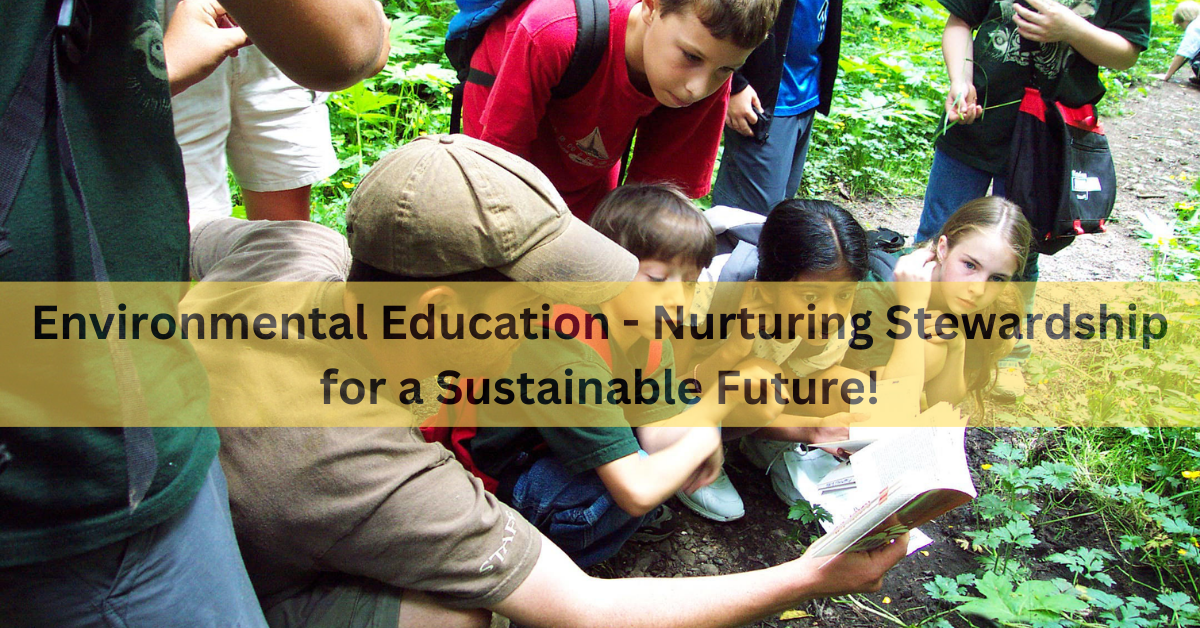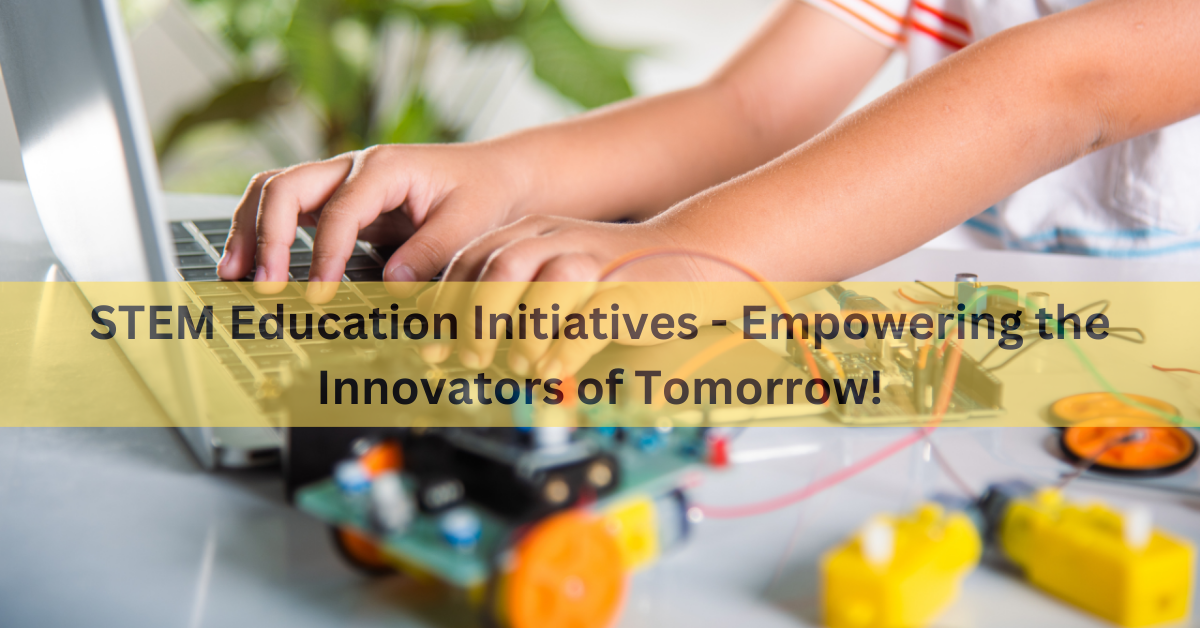Environmental education plays a crucial role in fostering awareness, appreciation, and stewardship for the planet among learners of all ages. It equips individuals with the knowledge, skills, and values necessary to understand environmental issues and take responsible action. Here’s an in-depth exploration of environmental education and its significance:
Contents
Understanding Environmental Education
Environmental education encompasses teaching and learning processes that aim to deepen individuals’ understanding of environmental concepts, issues, and solutions. It emphasizes the interconnectedness of human societies with the natural world and promotes sustainable practices for current and future generations.
Benefits of Environmental Education
- Awareness and Consciousness: Increases awareness of environmental issues such as climate change, biodiversity loss, pollution, and resource depletion.
- Empowerment: Empowers individuals to make informed decisions and take action to protect and conserve natural resources.
- Critical Thinking and Problem Solving: Develops critical thinking skills to analyze environmental problems and explore innovative solutions.
- Global Citizenship: Fosters a sense of global responsibility and citizenship, encouraging individuals to advocate for environmental justice and sustainability.
Key Components of Environmental Education
- Curriculum Integration: Integrates environmental topics across disciplines, including science, social studies, geography, and ethics.
- Experiential Learning: Hands-on experiences such as outdoor activities, field trips, and environmental projects enhance learning and connection with nature.
- Community Engagement: Collaboration with local communities, NGOs, and environmental agencies to address local environmental challenges and promote collective action.
- Policy and Advocacy: Educates individuals on environmental policies, regulations, and advocacy strategies to influence positive change at local and global levels.
Implementing Environmental Education
- Educational Initiatives: Incorporating environmental education into school curricula, extracurricular activities, and professional development for educators.
- Partnerships and Collaboration: Partnering with environmental organizations, government agencies, and businesses to enhance educational resources and opportunities.
- Technology and Innovation: Utilizing digital tools, virtual reality (VR), and interactive platforms to engage learners in virtual field trips and simulations.
Challenges and Considerations
- Complexity of Environmental Issues: Addressing multifaceted environmental challenges requires comprehensive and interdisciplinary approaches.
- Behavioral Change: Encouraging individuals to adopt sustainable behaviors and practices in their daily lives and communities.
- Equity and Access: Ensuring equitable access to environmental education resources and opportunities across diverse socio-economic backgrounds.
Future Outlook for Environmental Education
- Sustainability Education: Integration of sustainability principles into all levels of education, promoting a holistic approach to environmental stewardship.
- Green Skills Development: Emphasis on developing skills in renewable energy, conservation biology, green technology, and sustainable agriculture.
- Global Collaboration: Strengthening international cooperation and partnerships to address global environmental challenges and achieve sustainable development goals (SDGs).
Conclusion
Environmental education is essential for building a sustainable future where humans coexist harmoniously with nature. By fostering environmental literacy, empowering individuals to take proactive steps, and promoting systemic change, environmental education equips future generations to tackle the pressing environmental issues of our time.


